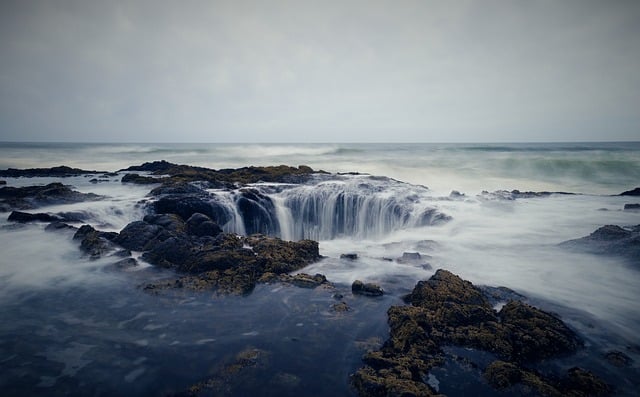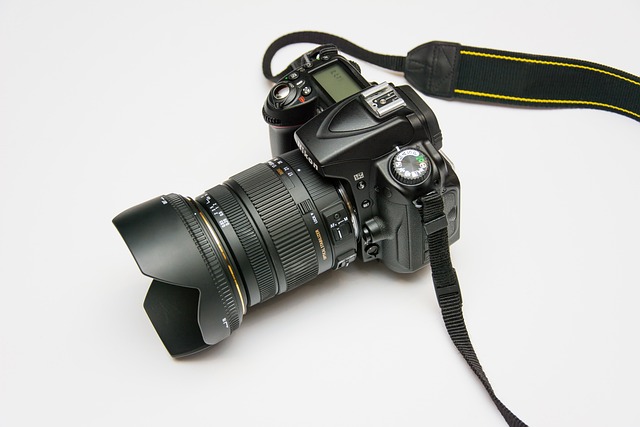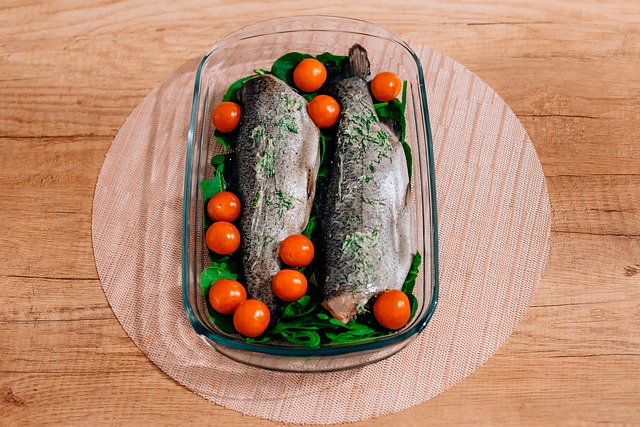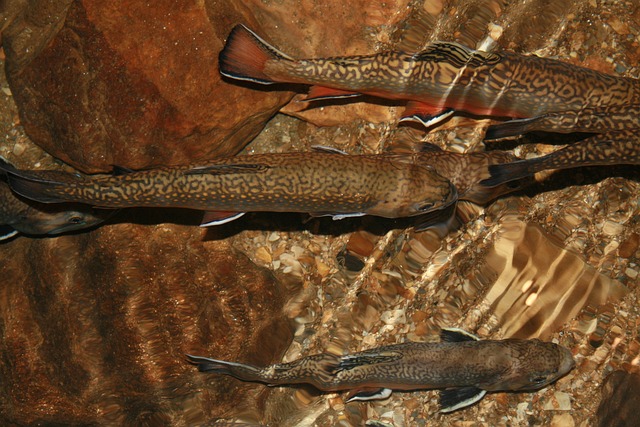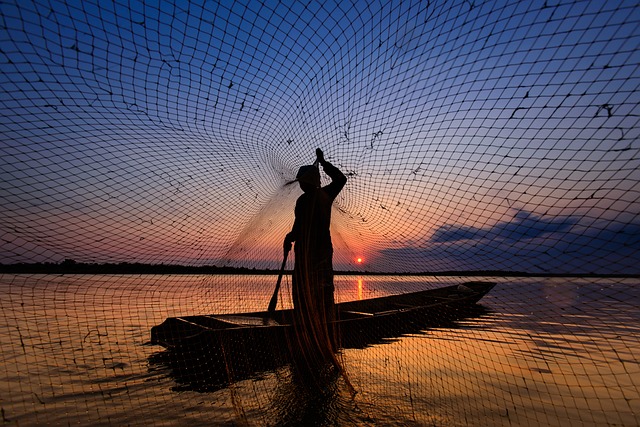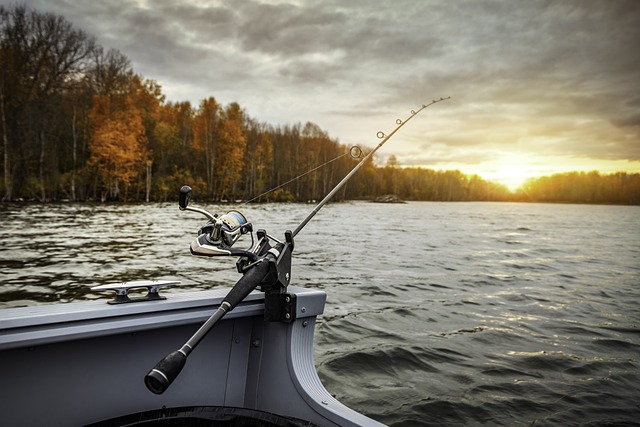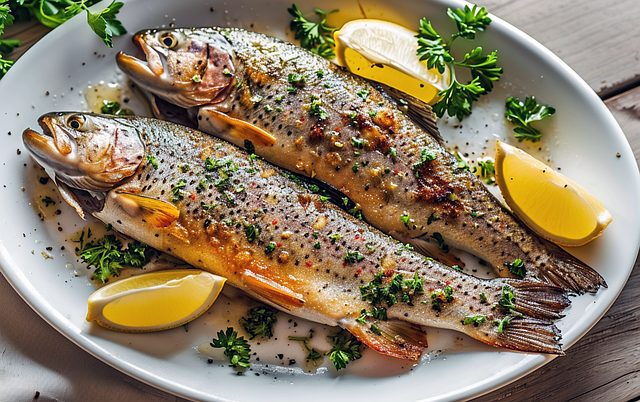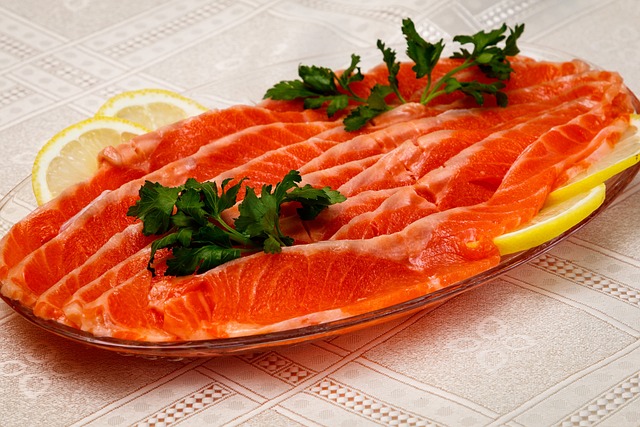In the Upper Willamette region, catch-and-release (C&R) practices have become a popular and responsible approach to fly fishing. This method preserves the river's diverse fish species while maintaining its delicate ecosystem for future generations. By using specific gear like lightweight rods and high-quality leaders, anglers can minimize harm to fish. Ethical C&R practices include proper handling and adherence to sustainable guidelines. Local regulations and conservation efforts ensure the Upper Willamette's continued allure for anglers while protecting its natural resources.
Explore the sustainable practice of catch and release (C&R) fly fishing on the vibrant Upper Willamette River. This article delves into the ecological benefits of C&R for local fish populations, equips anglers with gear and techniques for ethical releases, and explores guiding principles and local regulations. Discover how responsible fishing contributes to the preservation of this remarkable Upper Willamette fly fishing destination while ensuring its future for generations to come.
- Understanding Catch and Release on the Upper Willamette River
- The Benefits of Practicing C&R for Fish Populations
- Gear and Techniques for Successful C&R Fly Fishing
- Guidelines and Best Practices for Ethical C&R
- Local Regulations and Future Conservation Efforts on the Upper Willamette
Understanding Catch and Release on the Upper Willamette River
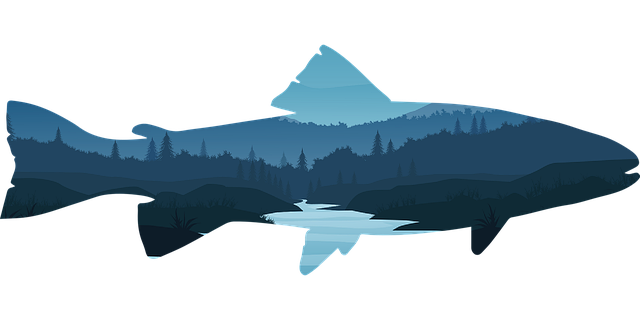
In the realm of Upper Willamette fly fishing, catch and release (C&R) practices have emerged as a game-changer for preserving the river’s vibrant ecosystem. This method encourages anglers to carefully handle and promptly release fish, minimizing the impact on the population. By adopting C&R, folks can continue to enjoy the hustle and bustle of the Upper Willamette without causing lasting harm to its delicate balance.
Anglers who practice catch and release play a crucial role in fostering the health of the river’s tapestry. They ensure that the remnants of the ancient species remain unharmed, allowing for a metamorphosis in the fishing experience. In contrast to traditional practices, C&R enables anglers to witness the indelible beauty of the Upper Willamette without taking a fish home. This approach enhances the overall enjoyment of the sport while ensuring the river’s symphony continues to echo through generations.
The Benefits of Practicing C&R for Fish Populations
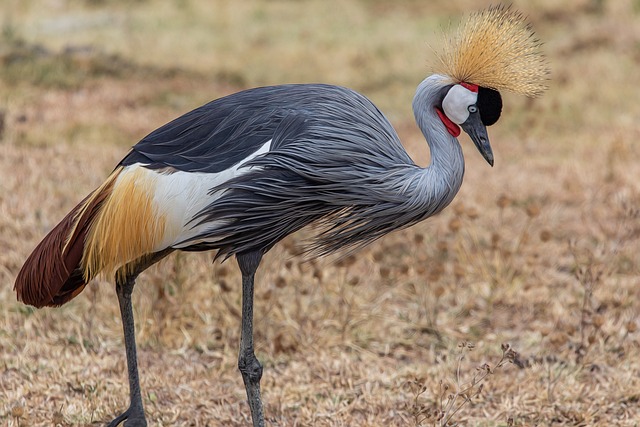
Catch and release (C&R) practices have become increasingly popular among anglers in the upper Willamette region, and for good reason. This conservation-oriented approach to fly fishing offers numerous advantages for local fish populations. By implementing C&R, anglers can help maintain and even enhance the health of fish stocks in this delicate ecosystem. One significant benefit is the preservation of mature fish, which are essential for reproduction and the overall balance of the aquatic environment. When anglers release their catch, it allows older, more experienced fish to continue contributing to the genetic diversity and resilience of the species.
Moreover, C&R encourages a responsible and sustainable fishing culture. It reduces the pressure on fish populations by limiting the number of fish removed from the water. This practice helps maintain stable and diverse communities, ensuring that future generations of anglers can enjoy the upper Willamette’s renowned fly fishing opportunities. As a result, C&R plays a vital role in preserving the ecological integrity of the region while allowing enthusiasts to appreciate and interact with these magnificent creatures responsibly.
Gear and Techniques for Successful C&R Fly Fishing
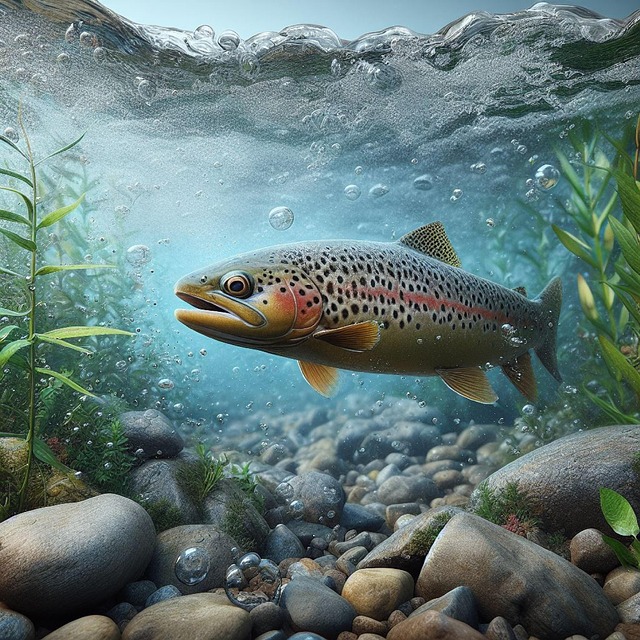
When it comes to gear, fly fishers on the Upper Willamette River should opt for lightweight and versatile equipment designed for catch-and-release (C&R) techniques. A 5-6 weight rod and reel combination is ideal, as it allows for precise casting while keeping strain off the fish. Choose high-quality, fluorocarbon leaders and tippets to minimize damage to the fish’s gills and mouth.
For effective C&R fly fishing, practice subtle and gentle presentations. Use a slow, steady retrieve or even pause the line movement to imitate an injured or struggling insect. This technique, combined with precise casting, increases the chances of releasing healthy fish back into the river. Additionally, pay close attention to your knot security to prevent lines from slipping through loops, ensuring a clean release for both you and the fish.
Guidelines and Best Practices for Ethical C&R
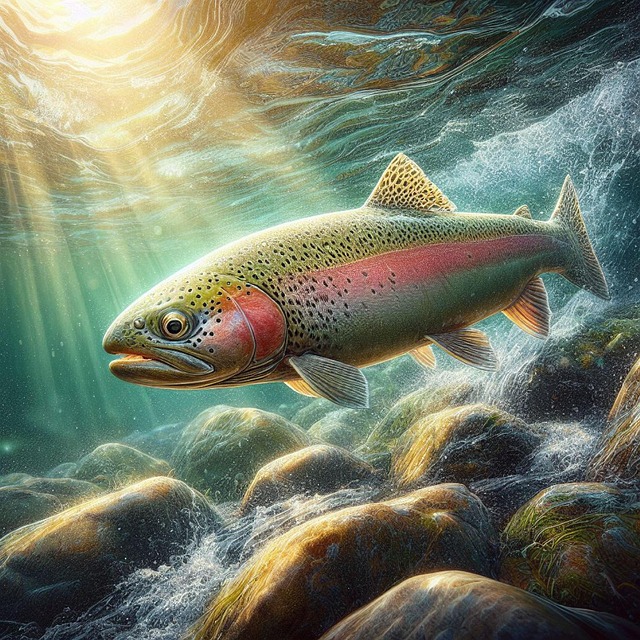
The practice of catch and release (C&R) in the Upper Willamette region requires a keen understanding of ethical angling practices to preserve the health of the local fish populations and their habitat. Ethical C&R involves not only proper handling of caught fish but also adhering to guidelines that promote sustainable fishing. Anglers should aim to minimize stress on the fish, release them gently back into the water, and avoid keeping more fish than intended for personal use.
Best practices include using appropriate gear designed for C&R, such as weighted leaders and soft hooks, which reduce damage to fish flesh. Quick and efficient handling is crucial; keep fish in the net for the bare minimum time, and ensure they are returned to the water with minimal disruption to their natural flow. Anglers should also be mindful of water conditions and avoid fishing during extreme temperatures or when water levels are low, as these factors can stress fish populations. Proper disposal of all gear and bait is essential to maintaining a clean environment for both fish and other aquatic life in the Upper Willamette fly fishing spots.
Local Regulations and Future Conservation Efforts on the Upper Willamette
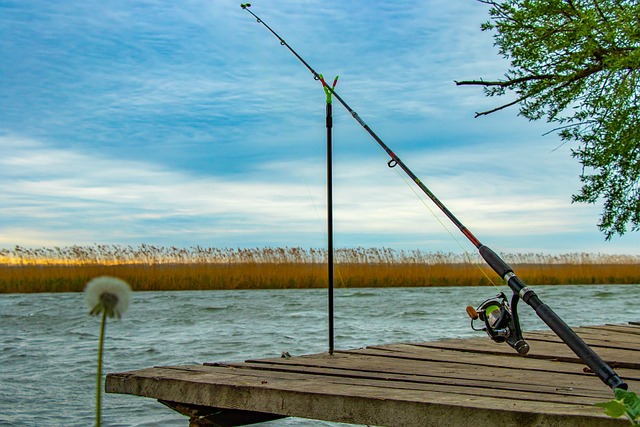
The Upper Willamette, a renowned destination for Upper Willamette fly fishing, is subject to careful management and conservation efforts due to its ecological significance. Local regulations play a crucial role in maintaining the health of the river’s ecosystem. These rules are designed to ensure sustainable practices among anglers, protect vulnerable species, and preserve the overall biodiversity of the region. One primary regulation involves catch-and-release fishing, which encourages anglers to return fish to the water unharmed after capture, thereby minimizing the impact on breeding populations.
Future conservation initiatives focus on monitoring water quality, studying fish habitats, and implementing adaptive management strategies. By collaborating with local fishing communities, environmental organizations, and government agencies, these efforts aim to balance recreational activities like Upper Willamette fly fishing with the long-term preservation of the river’s natural resources. This holistic approach promises to safeguard the Upper Willamette for future generations while ensuring its continued allure for anglers.


